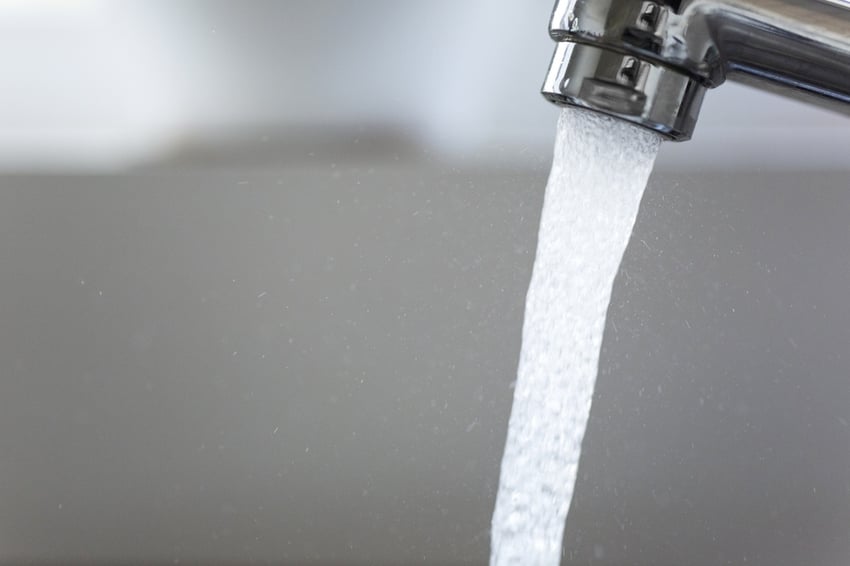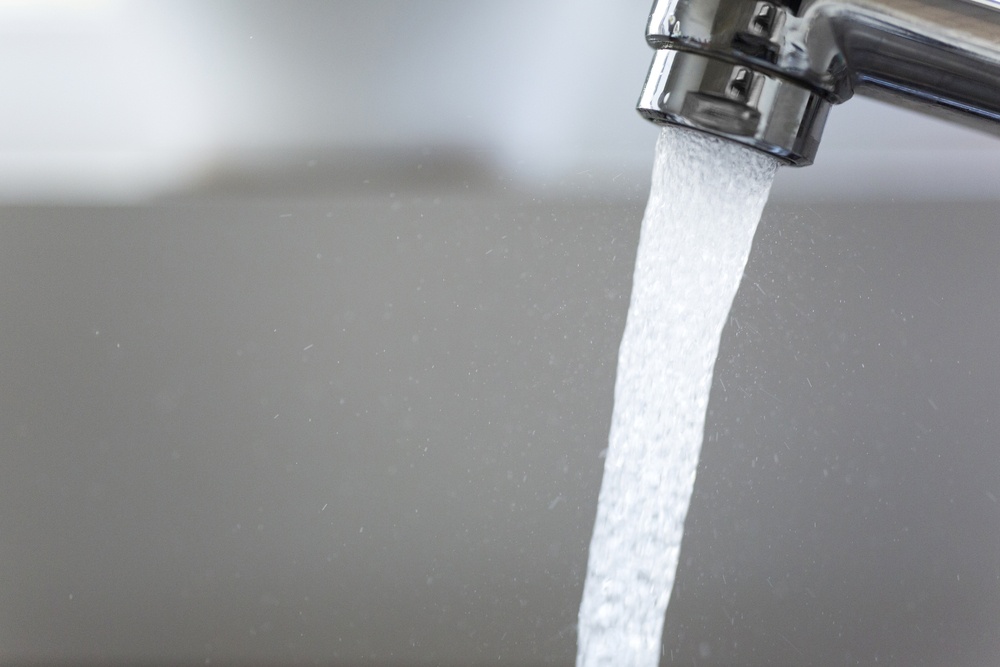
A sentinel outlet is a water outlet which has been hand-picked to monitor the temperatures as water flow passes through it; with a view to determine the risks most closely associated with the presence of Legionella bacteria. In terms of logistics, a sentinel outlet selected for this purpose is normally one which is positioned both closest to and conversely, farthest away from the water storage tank, calorifier or boiler within a building. Therefore the role played by the very existence of a sentinel outlet is considered a hugely important one when it comes to the on-going fight against Legionella.
The next question is just how do you establish the temperature at the sentinel outlet?
Essentially via a specialist hand-held monitoring device which captures the all-important temperature data at source from the elected hot water tap. And one which doesn’t support a thermostatic temperate valve (or TMV fitting). The optimum temperature reading the person responsible/water treatment engineer will be looking to observe from the monitoring device is a minimum of 50°C (55°C in healthcare environments such as hospitals, care home, dentists etc), and which needs to be recorded within two minutes of running the tap for hot water, and one minute for cold water which should be less than 20°C.
So a sentinel outlet temperature-monitoring kit is crucial?
Yes. Any type of thermometer which can flag up the potential threat of Legionella is a priceless piece of kit to be in possession of. Not least because bacteria such as Legionella can prove to be fatal if left unnoticed and ergo, unchallenged within a water storage system. To ensure that any remote risk has been nipped in the bud, courtesy of the water system and outlets maintaining the optimum temperatures, thermometers arguably act as the first line of defence.
Although we mentioned an all-singing, all-dancing water treatment specialist-spec temperature monitor above, you don’t have to own a new-fangled device with all the bells and whistles. And could just as easily facilitate a reliable thermometer, providing it works effectively under running water and can be immersed into a water storage tank if needs be and provide an accurate temperature.
Also don’t worry if it doesn’t have a digital display; just as long as you can ascertain the readings clearly, then that’s the key issue here. Which means that the tip of the temperature-measuring device should always be in the flow of the water. Armed with this core information, you must then note the findings in the risk assessment documentation. And in the event of temperatures acknowledged as being below the 50°C health and safety-defined threshold, the remedial action needs to be taken ASAP (for example, adjusting the thermostat).
Why is it imperative that there’s adequate heating being produced by the outlets positioned between the nearest and furthermost tap?
Ideally, if the furthest sentinel tap is offering hot water, then it’s vital to establish that those outlets in between are manifesting equally compliant temperatures, and not losing any of their heating potential en route, and due to the infrastructure in place. Any fluctuations in temperature at any given point in the often elaborate scheme of things could easily become an invitation to unwanted bacterial deposits to take root and flourish; with the spectre of Legionella representing one of the most unwelcome of guests. A constant temperature – which perpetually exceeds 50 degrees Celsius – is the benchmark, and which all but guarantees any lurking bacterial menace is cut off in its prime. And long before there’s any opportunity for it to enter outlets and subsequently compromise human wellbeing.
What obstacles might stand in the way of the same degree/pressure of hot water emerging from taps in between first and last sentinel outlets, as does from those first and last sentinels?
Various unseen issues may arise between point A and point B, including the likes of a dead end (which is basically the phrase used to describe a redundant length of pipe, typically closed off at one end and through which water has ceased to flow) and a dead leg. This latter example is best explained as being a pipe which traditionally leads to an existing outlet from which water flows; however because the outlet has been infrequently used, might now be liable to cause problems.
Do I always need to compare sentinel outlets at the two physically located extremes?
According to most water treatment specialists, yes; this remains the best course of action over a period of time. Experts recommend choosing the tap located most distant from the calorifier/water heater/boiler (which is colloquially referred to as the sentinel outlet, along with the nearest, so as to gauge the best results. That being said, they also suggest that during future timely monitoring episodes (temperature checks should be carried out on a monthly basis)), you could elect alternative representative junctures within a system of outlets to be examined; and thereafter set a dedicated pattern whereby you routinely chop and change. This approach means that ALL the water outlets are afforded the once over and ultimate seal of approval.
What about outlets whereby thermostatic mixing valves (TMVs) are in situ? How does protocol and practices differ, if at all?
It’s worth being aware that while in non-TMV-fitted sentinel outlets temperatures should never drop below 50 degrees Celsius, there rules of engagement are slightly different with those which have adopted TMVs. In these instances, controlled temperatures should never exceed 44°C, so as to avoid the end user scalding themselves with water which is too hot to the touch. Also, if and when equipped, it’s of great importance that hot water inlets to the TMV are monitored (and annually serviced) as opposed to the hot taps themselves.






